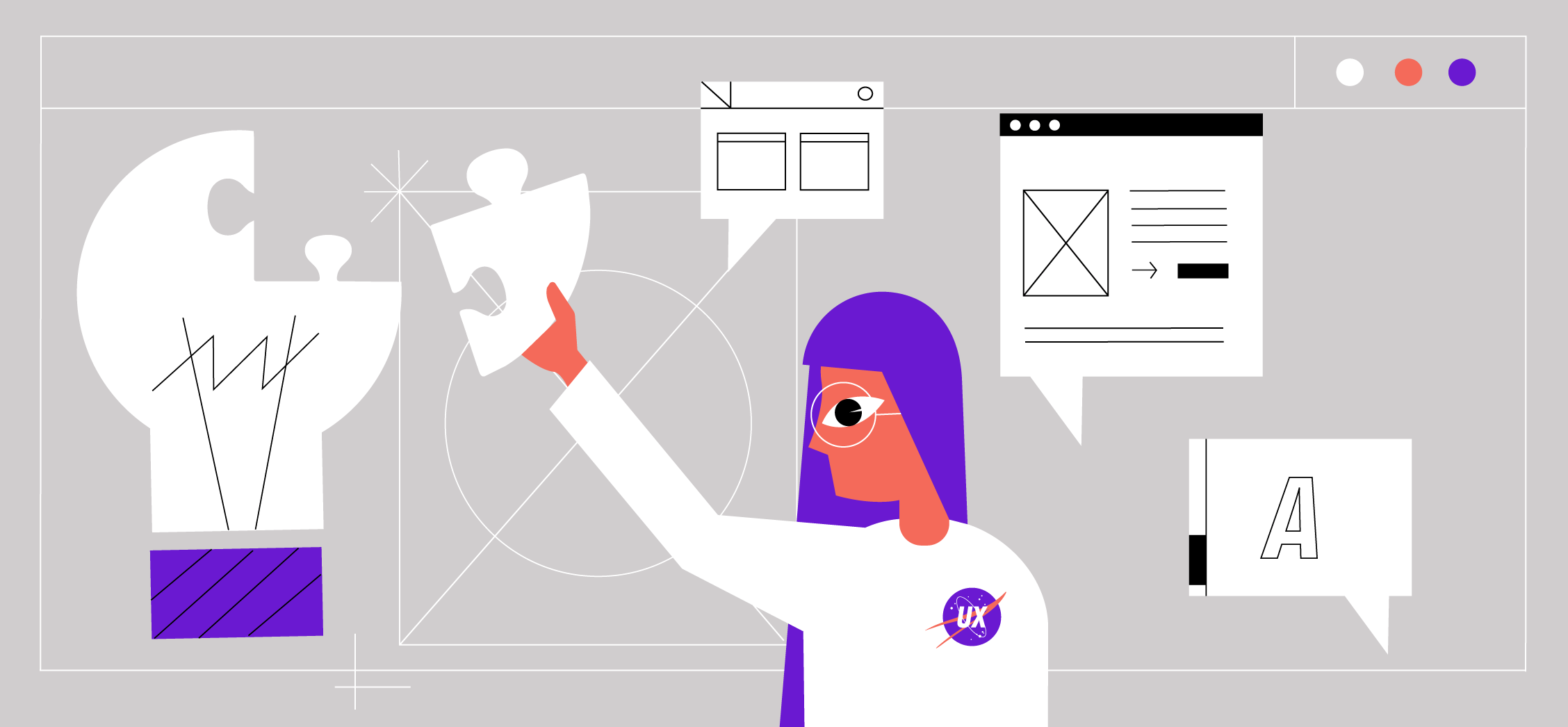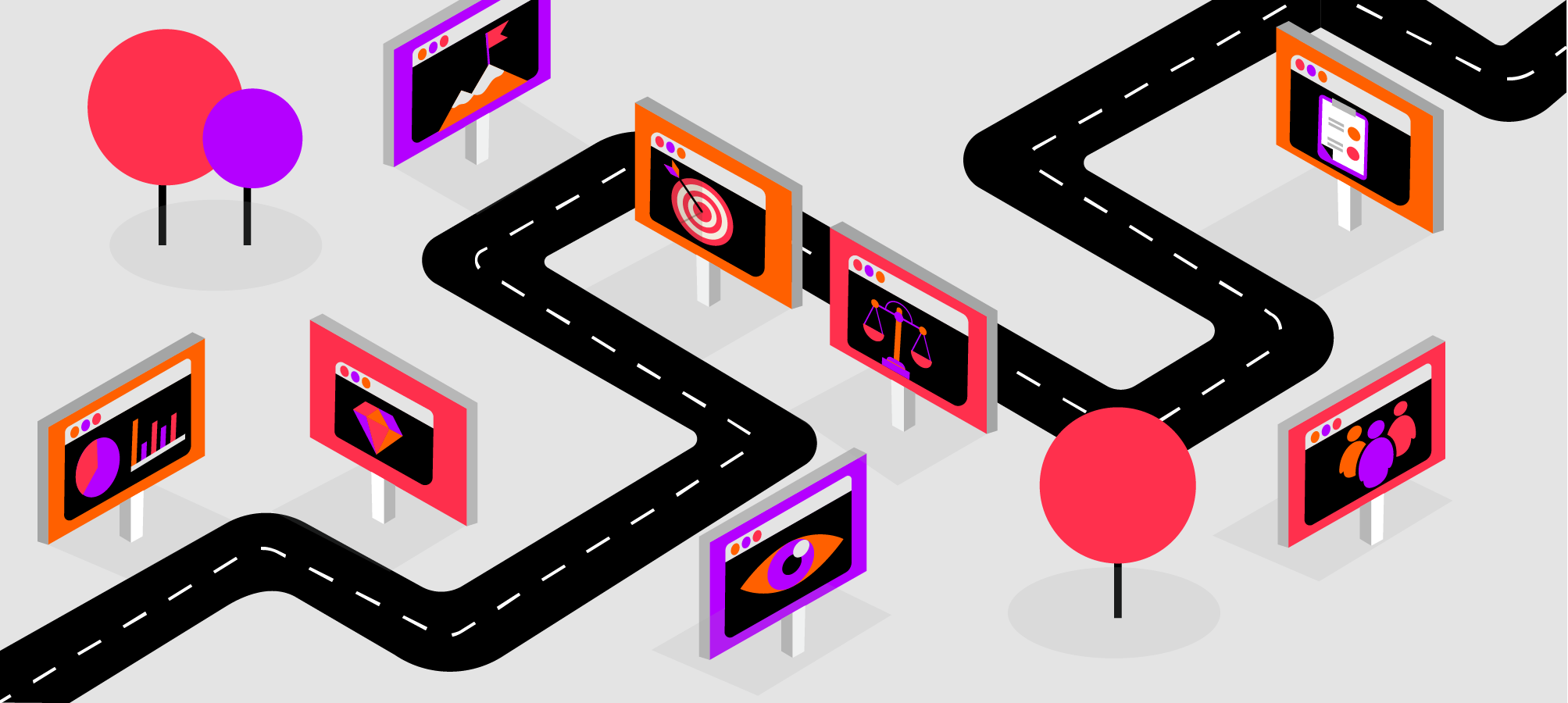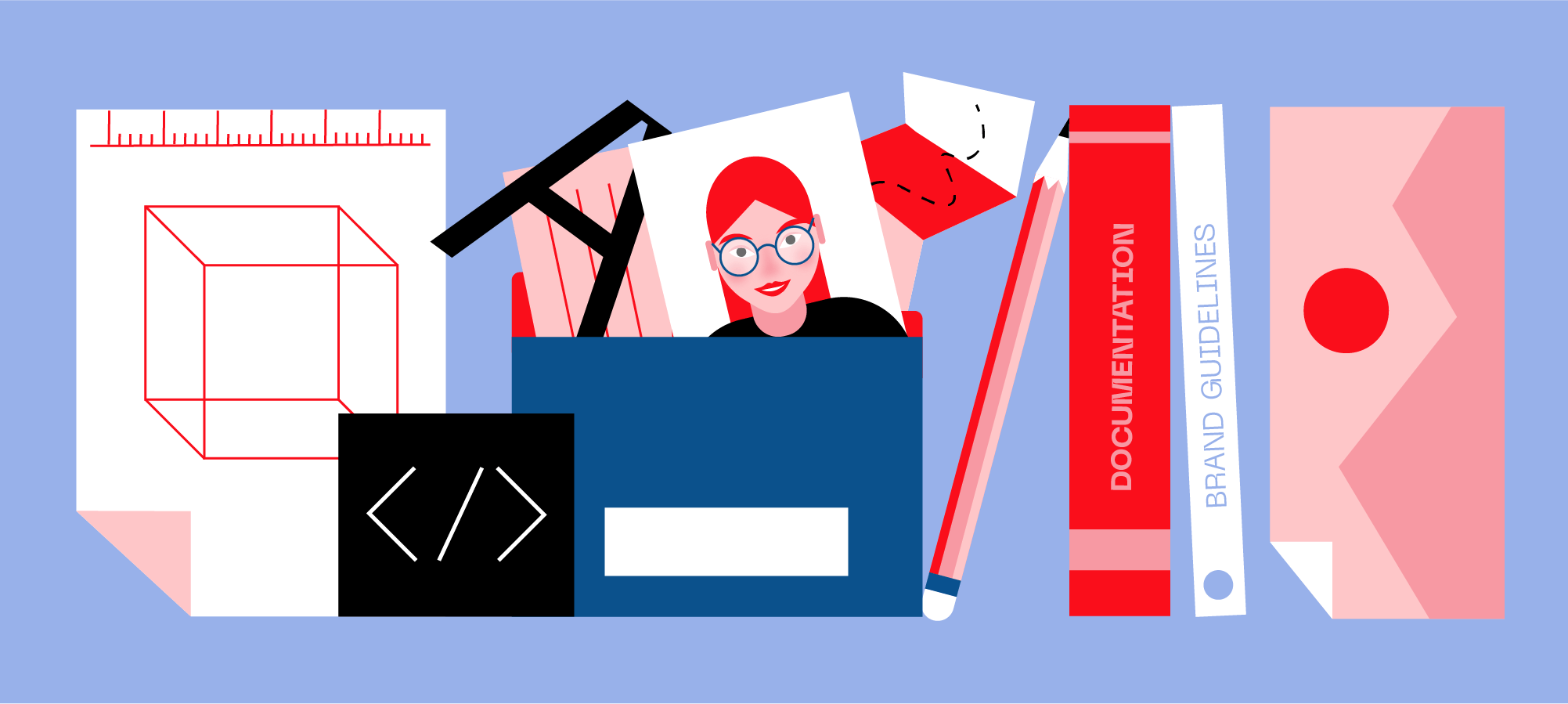The Benefits of Value-centered UX Design

User-centered design has been the talk of the design community for a few years now. All we keep hearing about is how design needs to focus on addressing user needs.
And that, of course, is one of the fundamental aspects of the UX design process. If user experience delivers value to the user it will deliver value to the business. It should be that simple, but it rarely is.
Designing a UX that actually bridges the gap between user needs and business goals is hard. Designers need to focus more on specific business needs to understand what specific value they need to drive for the business and how.
User experience is now recognized as the main competitive differentiator so we need to talk more about value-centric UX design and the impact it can have on user success and ultimately on business success.
How does UX design connect to business value?
In an ideal world, we wouldn’t really be able to disconnect the purpose of design from the goals of the business.
We’d test, iterate and improve our designs until we make sure that we’re helping users achieve their goals while meaningfully improving key business metrics. In other words, we need to start designing for outcomes.
Let’s illustrate this with an example.
Let’s say you had an SEO tool and more than 40% of new users didn’t even use the app during the 7-day free trial. This means they won’t become paying customers which is obviously a huge loss for your business.
And let’s say that after doing some digging you realize that people have difficulties understanding how to use the app because the onboarding flow wasn’t thought out properly. This is the UX issue and by solving it you could deliver better usability and user retention.
The outcome, in this case, could be measured by the increase of new users using the app during the trial.
As Jess McMullin once wrote, the goal of design is to generate ROI for the business that comes from the return on experience (ROE). From our example above, if users have a great experience with the app from the start the business will also benefit from it.
I know that keeping business needs top of mind when designing a UX doesn’t come naturally to most designers, but it’s still necessary. More precisely, it’s necessary to keep looking for the sweet spot between business and user needs throughout the design process.
After all, delivering value means providing experiences that matter.
Value is in the eye of the beholder
UX designers and product folks need to start changing the narrative. Instead of being ‘user-centered’ it’s way more important to learn how to be value-centered.
This is a learning process because you’d need to understand what value is for each particular design project and then deliver it every step of the way.
And value can mean very different things to different people/companies. It’s a slippery concept. That’s why value-centered design looks at research data to understand specific perceptions of value but it also looks at a digital product in its entirety.
It seeks to understand all the touchpoints and treats each of them as an opportunity to provide something of value.
UX testing at the center of value-centered design
No matter what methodology drives it, user experience design is almost always led by numbers. Decisions are never based on a hunch or one person’s opinion, no matter how good of a designer they are.
Good UX is based on user research, data and facts. Great UX adds usability testing to this equation very early in the design process. This process uncovers problems in the user journey, helping you optimize and improve the user experience from the get-go.
Takeaways
To design successful products, you don’t need to learn another design method or try to fit into a specific box. We simply need more practical outcomes.
The success comes from the core principles of design. It’s about solving problems and delivering value. This, by itself, is the most important design problem to be solved.
Companies that successfully apply this will unlock value for their customers and themselves and be on the path to profitable growth.


